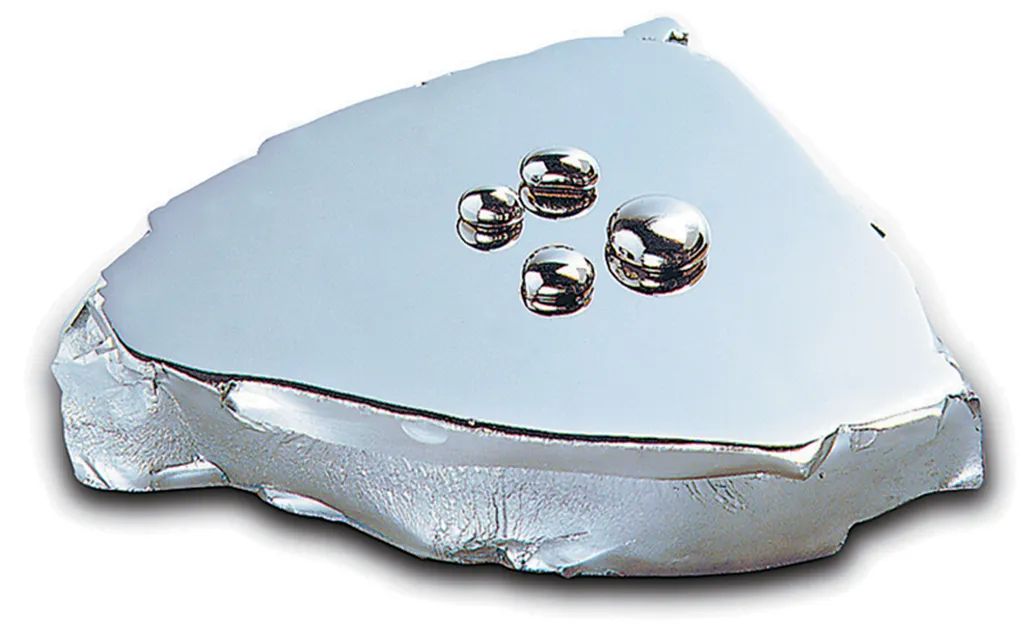In the ever-evolving world of biomedical engineering, a groundbreaking study led by M. V. Silva, a researcher affiliated with an undisclosed institution, is making waves. The research, published in the esteemed journal “Materials Research” (translated from Portuguese), delves into the application of Double Acid Etching (DAE) on innovative titanium alloys, potentially revolutionizing the dental implant industry.
The study focuses on Ti-xNb-ySn alloys, a newer class of beta titanium alloys known for their low modulus of elasticity, high corrosion resistance, and superior mechanical properties. These alloys are composed of biocompatible elements, making them ideal candidates for medical implants. However, until now, little was known about the impact of DAE on these alloys.
DAE is a well-established method of surface modification for implants. It involves a two-step treatment with different combinations of acids, which alters the topography of the alloy. This process increases the surface area, potentially enhancing osseointegration—the direct structural and functional connection between living bone and the surface of a load-bearing artificial implant.
Silva and their team subjected the alloys to various combinations of acids and studied the resulting changes in surface roughness, topography, and wettability. The results were promising. “The two-step acid treatment significantly altered the topography of the alloy, increasing the surface area,” Silva explained. “This could potentially improve the osseointegration process, leading to better implant retention and long-term success.”
The implications of this research are far-reaching. In the dental implant industry, improved osseointegration could lead to faster healing times, increased implant success rates, and ultimately, happier patients. Moreover, the enhanced corrosion resistance of these alloys could extend the lifespan of implants, reducing the need for costly and invasive replacement surgeries.
But the potential applications don’t stop at dentistry. The energy sector could also benefit from this research. Titanium alloys are already used in various energy applications due to their high strength-to-weight ratio and corrosion resistance. By improving the surface properties of these alloys, we could enhance their performance in energy generation and storage systems.
As Silva noted, “This research opens up new avenues for the application of titanium alloys in various fields. The key lies in understanding and optimizing the surface modification processes.”
The study is a significant step forward in the field of biomaterials and surface engineering. It not only provides valuable insights into the behavior of Ti-xNb-ySn alloys under DAE but also paves the way for future research. As we continue to explore the potential of these alloys, we may unlock even more innovative applications, shaping the future of both the medical and energy sectors.
In the words of Silva, “The future of titanium alloys is bright, and we’re just beginning to scratch the surface.” With ongoing research and development, we can expect to see these alloys play an increasingly important role in our lives, from improving our health to powering our world.

